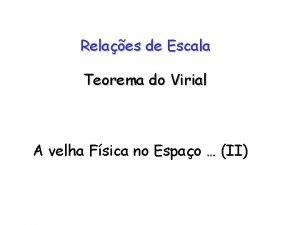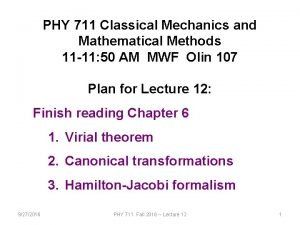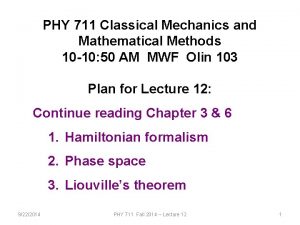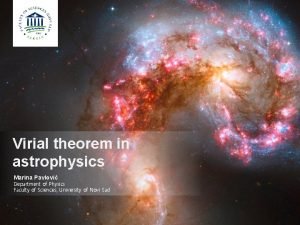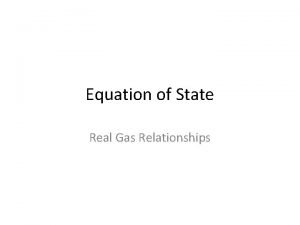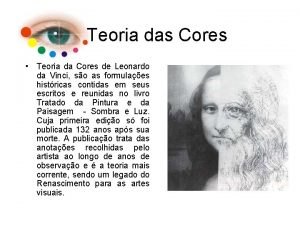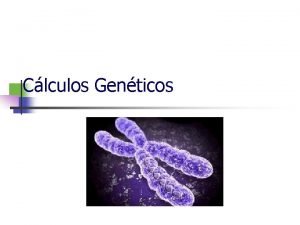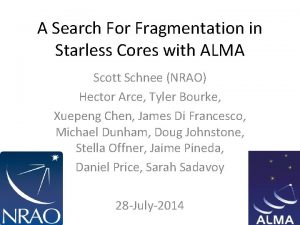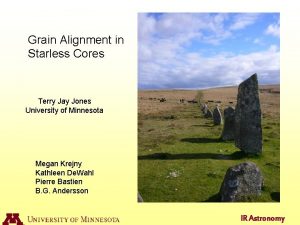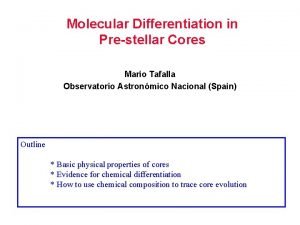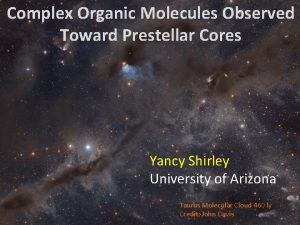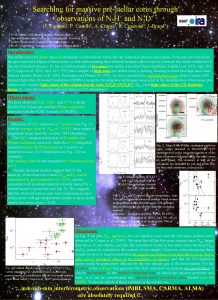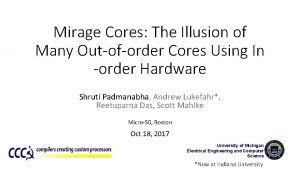The Virial State of Starless and Prestellar Cores

















- Slides: 17

The Virial State of Starless and Prestellar Cores Yancy Shirley Univ. of Arizona Credit: Herschel Gould Belt Team

The starless core is the fundamental “unit” of star formation capable of forming one star or a bound multiple star system Credit: ESO, Alves

This is NOT a typical starless core… Credit: ESO, Alves

Taurus Molecular Cloud Most (~75%) starless cores are coincident with filamentary structure (Andre’ et al. 2010, HGBT papers) 100% of gravitationally bound prestellar cores lie within filaments (Marsh et al. 2016) Credit: Herschel Gould Belt Team 160 mm, 250/350 mm, 500 mm

Taurus Molecular Cloud These core are not evolving in isolation… CO 1 -0 Mass accretion rate ~10 s Msun/pc/Myr Credit: Herschel Gould Belt Team Palmeirim et al. 2013, Shimajiri et al 2019

Taurus Molecular Cloud What is the dynamical state of starless & prestellar cores in non-isolated environments? Credit: Herschel Gould Belt Team

Taurus Molecular Cloud We will focus on observations of the L 1495 -B 218 region NH 3 (1, 1) Credit: Herschel Gould Belt Team NH 3 map Seo et al. 2015

Taurus Molecular Cloud Also with deuterium fractionation observations o-NH 2 D Gas phase deuteration Credit: Herschel Gould Belt Team Shirley et al. (in prep. )/Ambrose et al. (in prep. ) CH 2 DOH-e 0 Solid phase Seo 39 deuteration

Defining the Starless Core Astro. Dendro NH 3 intensity 500 mm Jimmy Lilly Honors Thesis Astro. Dendro Herschel N(H 2)

Virial Theorem ½ d 2 I/dt 2 = 2 WK + WB – WG – 2 WP – Wram – WD - Wrad WK = Internal Kinetic Energy = ½ M (sv 2)3 D WG = Grav. Potential Energy = ⅗ a GM 2/R WP = External Surface Pressure = 4 p R 3 P 0 500 mm WB = ∫ xi Tij d. Sj - ∫ dij Tij d. V Wram = ∫ r 0 xi vi vj d. Sj WD = ½ d/dt ∫ r 0 r 2 vi d. Si simple approx. If v normal to surface simple approx. P 0 = Weight of filament P 0 = Turbulent r 0 sv 2 ⅙ (B 2 – B 02) R 3 4 p R 3 r 0 v 02 2 R 2 d 2 M/dt 2

NH 3 linewidth NH 3 Linewidth vs. Radius (pc) H. Chen et al. 2019

B Field Strength? Optical/NIR Polarization Bsky ~ 25 – 75 m. G depending on method OH Zeeman Blos ~ 11 +/- 2 m. G Line of sight Chapman et al. 2011 Crutcher & Troland 2000

NH 2 D Detections vs. Non-Detections Virial Parameter X Non-detection • Detection Shirley et al. in prep. Mass

CH 2 DOH Deuterium Fraction Virial Parameter Only B 10 region observed non-detections Ambrose et al. in prep. Deuterium Fraction

Results • Starless cores are the fundamental “unit” of star formation within a turbulent, hierarchical structure. • Their evolution is not isolated from their environment. • There is a correlation between dynamical state (expanded Virial parameter) and the chemical evolution as traced by deuteration • The (preliminary) median fractions for terms in Virial equation are: Turb. only +Filament Weight • 2 W_K 0. 57 0. 32 • 2 W_P 0. 23 0. 59 • W_G 0. 14 0. 07 • W_B 0. 05 0. 02

Additional Slides 500 mm

Hydrostatic vs. Hydrodynamic Collapsing Bonnor-Ebert Sphere similar profile to stable Bonnor-Ebert sphere. Need to probe velocity to differentiate. 40%, 60%, 80% of free-fall time Velocity (km/s) log Density (cm-3) hydrostatic 40%, 60%, 80% of free-fall time Myers 2005 log Radius (pc)
 Teorema virial
Teorema virial Virial theorem in classical mechanics
Virial theorem in classical mechanics Virial theorem in classical mechanics
Virial theorem in classical mechanics Persamaan virial
Persamaan virial Virial theorem in astrophysics
Virial theorem in astrophysics Contoh soal persamaan virial
Contoh soal persamaan virial Contoh soal persamaan virial
Contoh soal persamaan virial Gas nyata
Gas nyata The temperature at which second virial coefficient
The temperature at which second virial coefficient Contoh soal persamaan virial
Contoh soal persamaan virial O que são cores primárias
O que são cores primárias Indicador ácido-base
Indicador ácido-base Embaixadores do rei postos
Embaixadores do rei postos Mapa de risco segurança do trabalho
Mapa de risco segurança do trabalho Cores policromia
Cores policromia Disperso e dispersante
Disperso e dispersante Mendel cruzou duas variedades de mirabilis
Mendel cruzou duas variedades de mirabilis Fonte
Fonte
